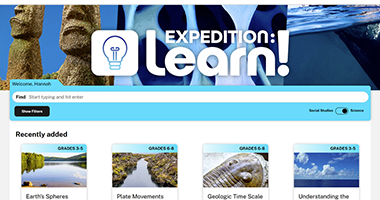You show an AI a photo of a rhino.
It looks. It processes.
And then it confidently declares: “That’s a hippopotamus.”
It’s not trying to be funny. It just doesn’t actually know what it’s looking at.
Why AI Gets It Wrong
The truth is, AI doesn’t “know” anything. It’s guessing – and it’s guessing based on patterns it learned from a vast ocean of text and images scraped from… well… almost anywhere.
And before AI could learn, someone had to teach it. That’s where humans come in.
Meet Joan
Joan lives in Kenya and works as a data-labeller. She looks at thousands of images and pieces of text every day and tells AI what’s in them. Sometimes that means labelling animals. Other times it’s sorting through historical documents, or even medical reports.
Here’s the catch: Joan’s not a zoologist. She’s not a historian. She has no medical training. Yet the labels she adds are fed into AI systems, which then use them to answer your questions.
Even more troubling – some data-labellers are paid less than AUD $1.50 a day and are exposed to deeply disturbing content so AI can learn to block it. (Source: 7 News Spotlight)
The Problem with “Source Unknown”
When you ask AI a question, it doesn’t stop to check: Was this labelled by an expert? Was the original source reliable?
It just responds confidently – whether the information is correct or not.
That’s fine if you’re asking for a silly poem about a purple rhino.
It’s not fine if you’re asking about history, science, or anything students are learning in class.
Because in education, the quality of the source is everything.
Without a solid foundation, knowledge becomes guesswork.
Trusted Sources Matter
Not all AI tools approach information in the same way. AskBritannica, for example, draws only from Britannica’s expert-written, fact-checked database – the same trusted source educators have relied on for decades. It isn’t open source, and it won’t answer inappropriate queries outside of its educational scope.
This means students aren’t just getting an answer.
They’re getting the right answer – one they can trace, trust, and build learning on.
Because in today’s world, knowing where your information comes from is more important than ever before.
After all, the last thing we need is a whole class confidently calling a rhino a hippo.
Reference:
7 News Spotlight (2025) The Hidden Workers Behind Artificial Intelligence | FULL DOCUMENTARY. YouTube video, 2 June 2025. Available at: https://www.youtube.com/watch?v=z_01q3boQ6c (Accessed: 18 August 2025)

